Photo by Andrew Chick
Habitat Improvement
Lollycocks Field is an amazing designated wildlife site and nature reserve, providing important standing water and wetland habitat for local wildlife.
In order to ensure these habitats keep supporting Sleaford's native species, and attracting new ones, works have focused on maintaining and enhancing the current habitat.
Not only has this improved the ecological value of the site but also its aesthetic value.
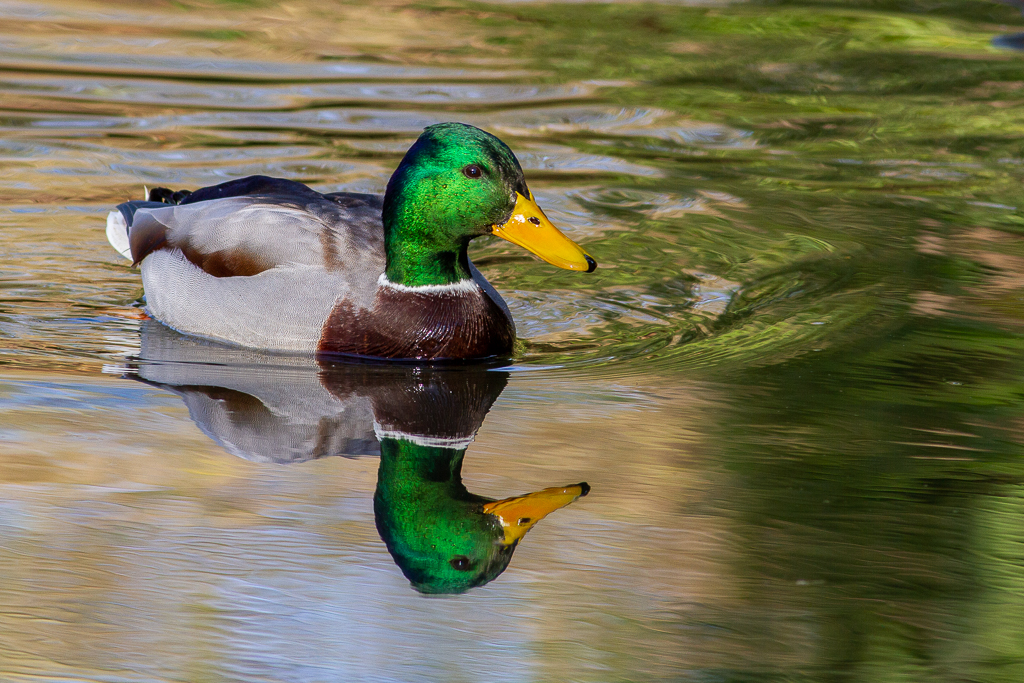
Mallard
.JPG)
Lollycocks Field, showing large quantities of reedmace.
Works to benefit wildlife at Lollycocks Field included the creation of a new Kingfisher nesting bank, a boardwalk to help protect vegetation around the pond, work to an existing scrape and the creation of two new scrapes, a new hedgerow planted along the railings facing East Gate to increase habitat, installation of bird and bat boxes and an owl box, and management to reintroduce varied native plant species in spaces where others have taken over. See map for more details of completed works. Work to widen and surface a portion of the existing footpath also took place, and more information on this can be found here.
Completed works
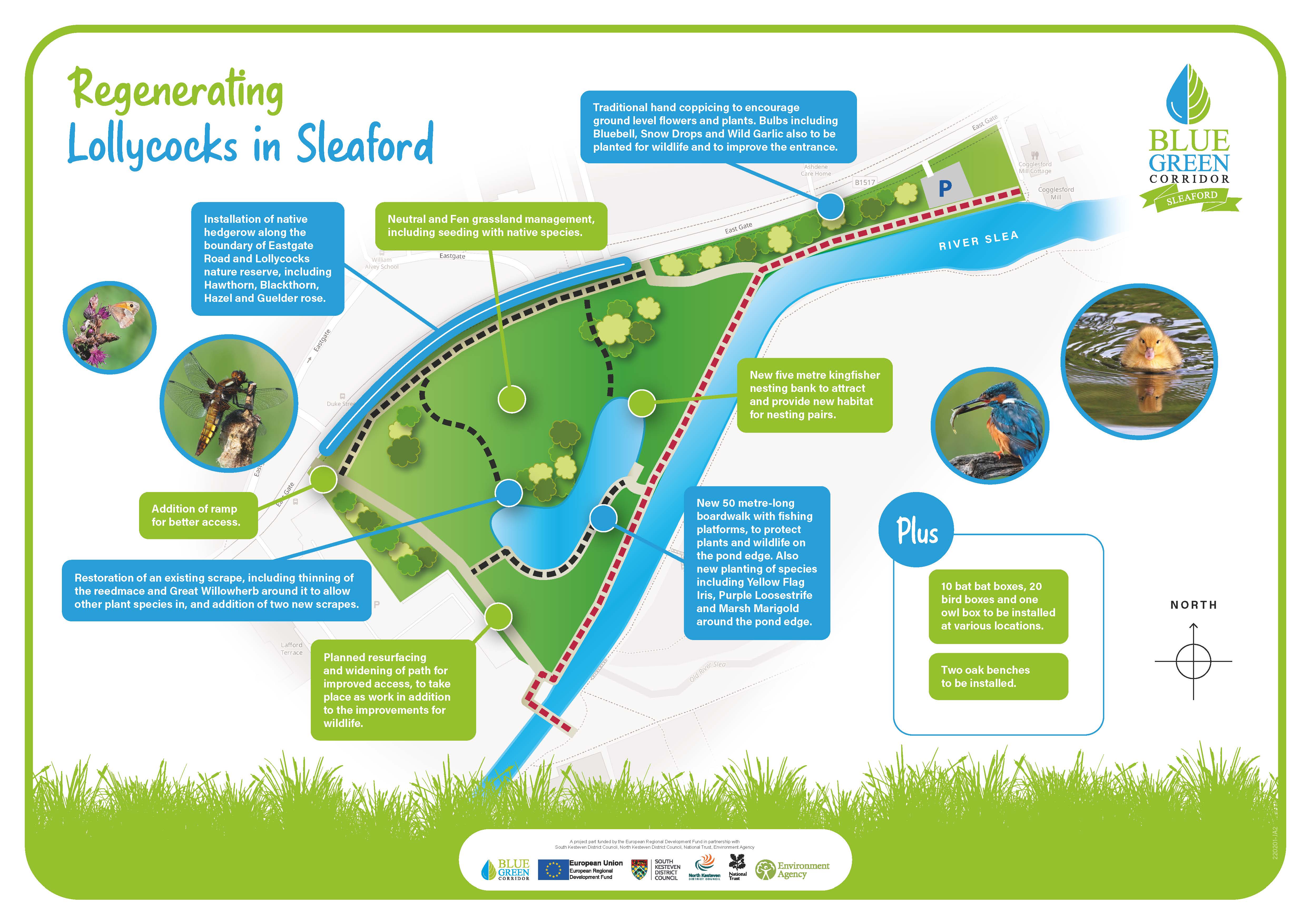
Hedgerow Creation
Hedgerows are great for birds and insects, providing food and shelter for many species. A hedgerow was planted on the boundary between Lollycocks Field and Eastgate Road to provide this habitat for local species and act as a corridor for wildlife to travel, linking small woodland areas.
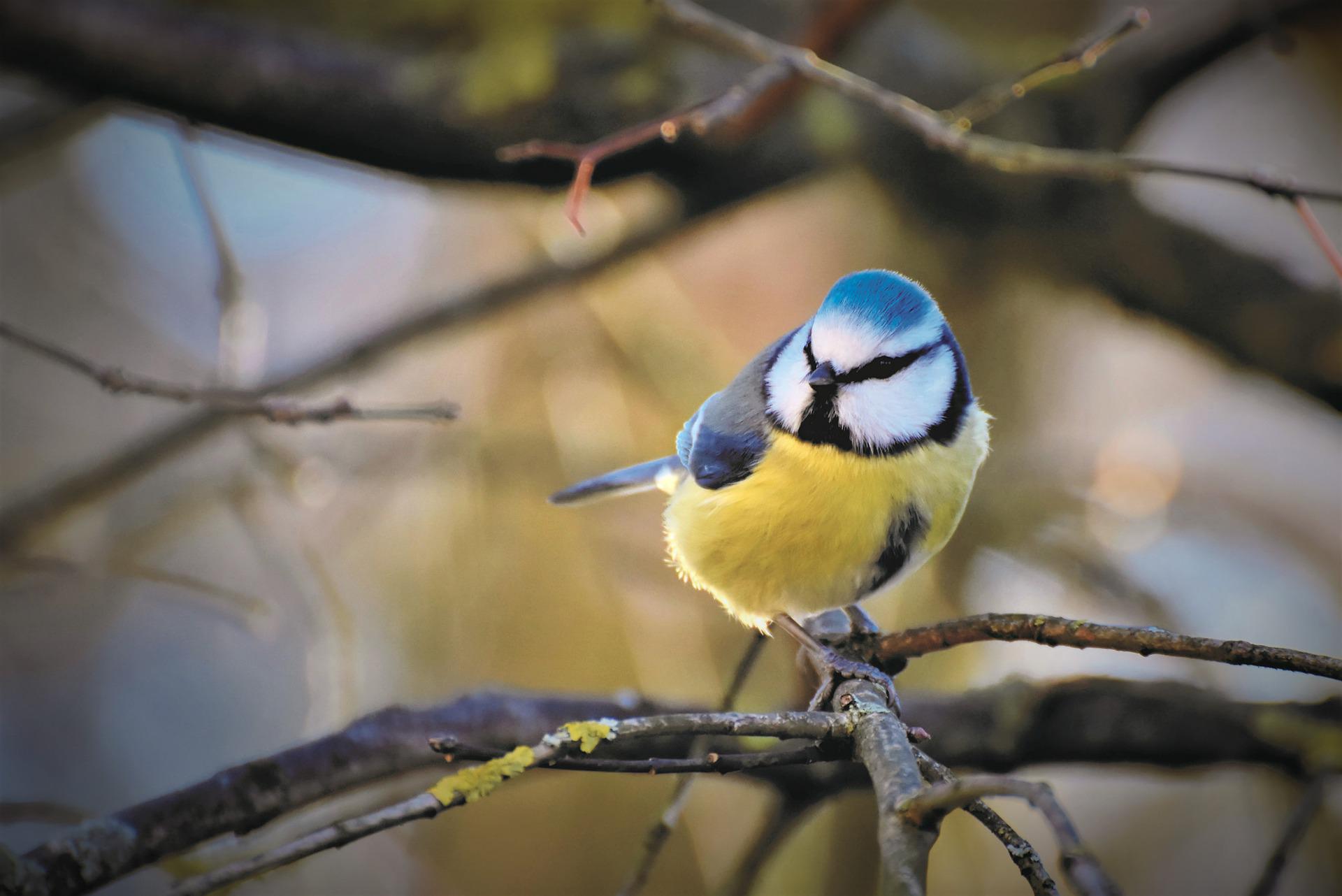
Many species, including birds, mammals and insects rely on hedgerows for this function, utilising hedgerows between woodland spaces. At least 30 nesting bird species rely on hedgerows, including blue tits and great tits, along with mammals such as dormice, hedgehogs and bats. Dormice, hedgehogs and similar species use the habitat to forage, hibernate or shelter from predators, whereas some bats are able to use hedgerows to guide their path between their roosts and foraging sites. Bumblebees also use hedgerows similarly, navigating through to wildflower and pollinator sites.
Bird, bat and owl boxes are also going to be installed throughout the site to create essential areas of refuge for species. They provide a safe space for birds to build their nests, protected from predators and harsh weather conditions.
Marginal Pond Works
Ponds are vital habitats, supporting a wide variety of wetland plants and animals from invertebrates to larger birds and mammals such as herons and otters.
Did you know approximately two thirds of the UK's 4000 freshwater invertebrate species can live in ponds? Many species spend their whole life cycle in the pond, whereas others only rely on the habitat for certain parts of their life cycle, travelling to and from ponds for breeding or foraging. For example, some amphibian species prefer to live their adult lives in terrestrial habitats, returning to their home ponds to spawn or hibernate.
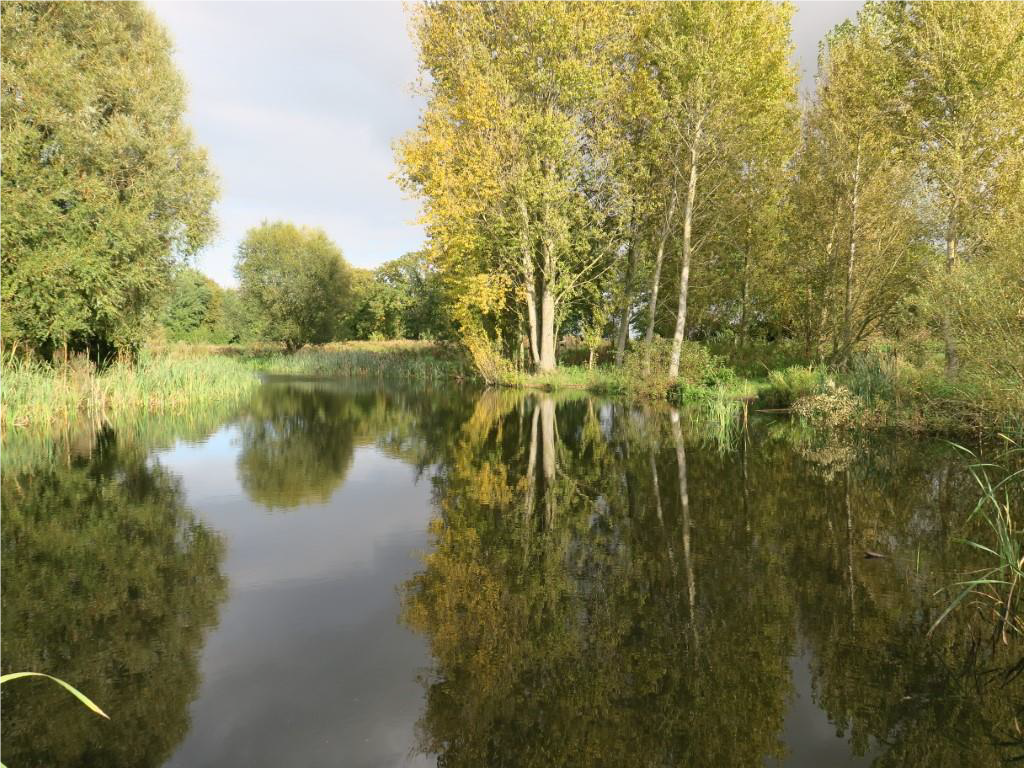
One of the reasons ponds are so good for wildlife is because they are very natural environments. They have been around for millions of years and many species have become well-adapted to the conditions they provide.
Marginal works around the pond edge in Lollycocks Field were undertaken to create better access to the pond for wildlife and will manage invasive plant species outcompeting local fauna.
Kingfisher Nesting Bank
Kingfishers are on of the UK's most recognisable birds, showcasing their bright blue and metallic copper colourings which make them stand out from their surroundings.
An amazing kingfisher nesting bank has been created in Lollycocks Field to provide essential habitat for these species, hopefully leading to some more sightings in the local area for the public to enjoy!

The Finished Product!
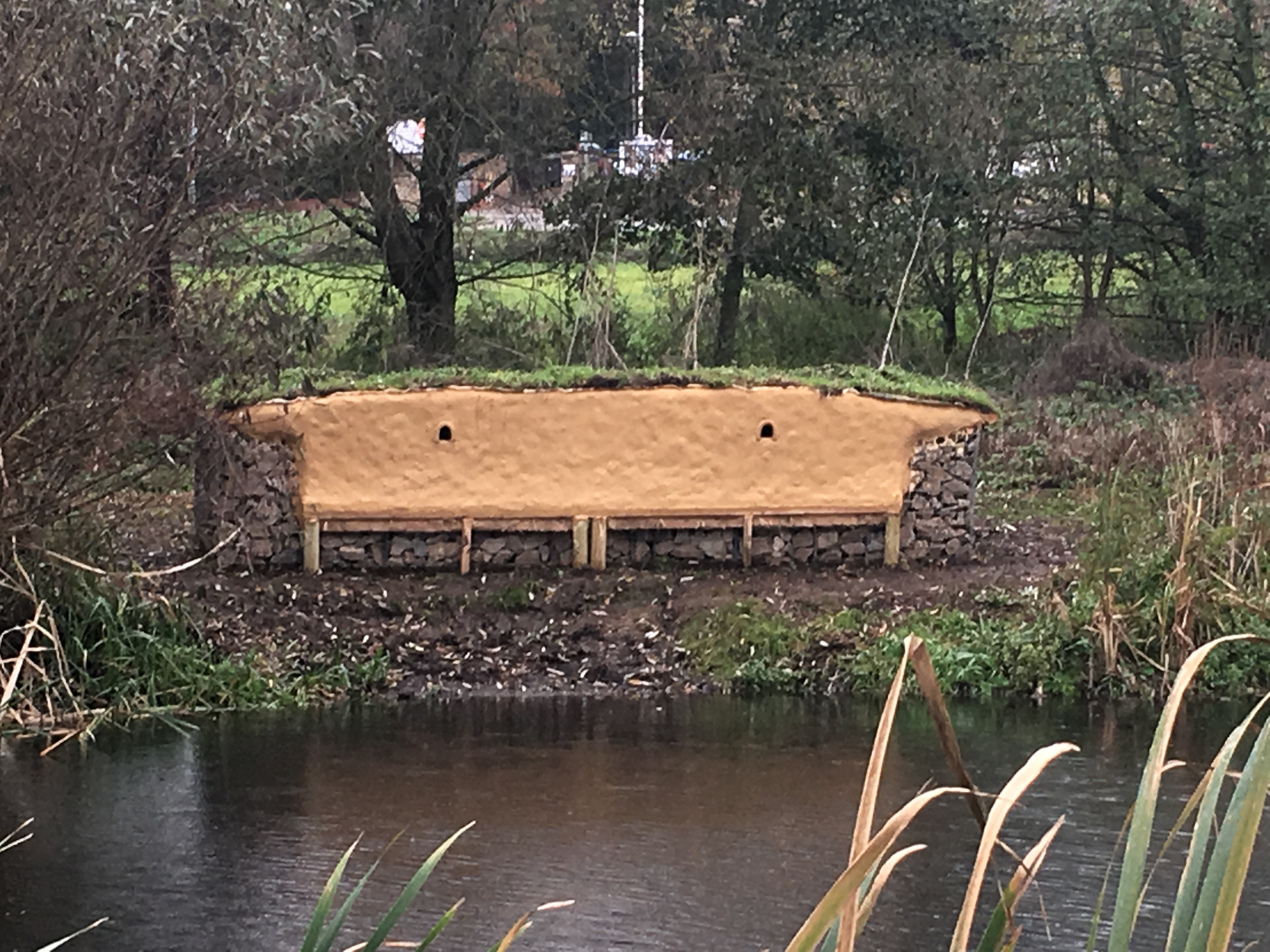
This page will be updated regularly as the projects develop. For more information on habitat creation take a look at wetland creation and wildflower meadow creation.






